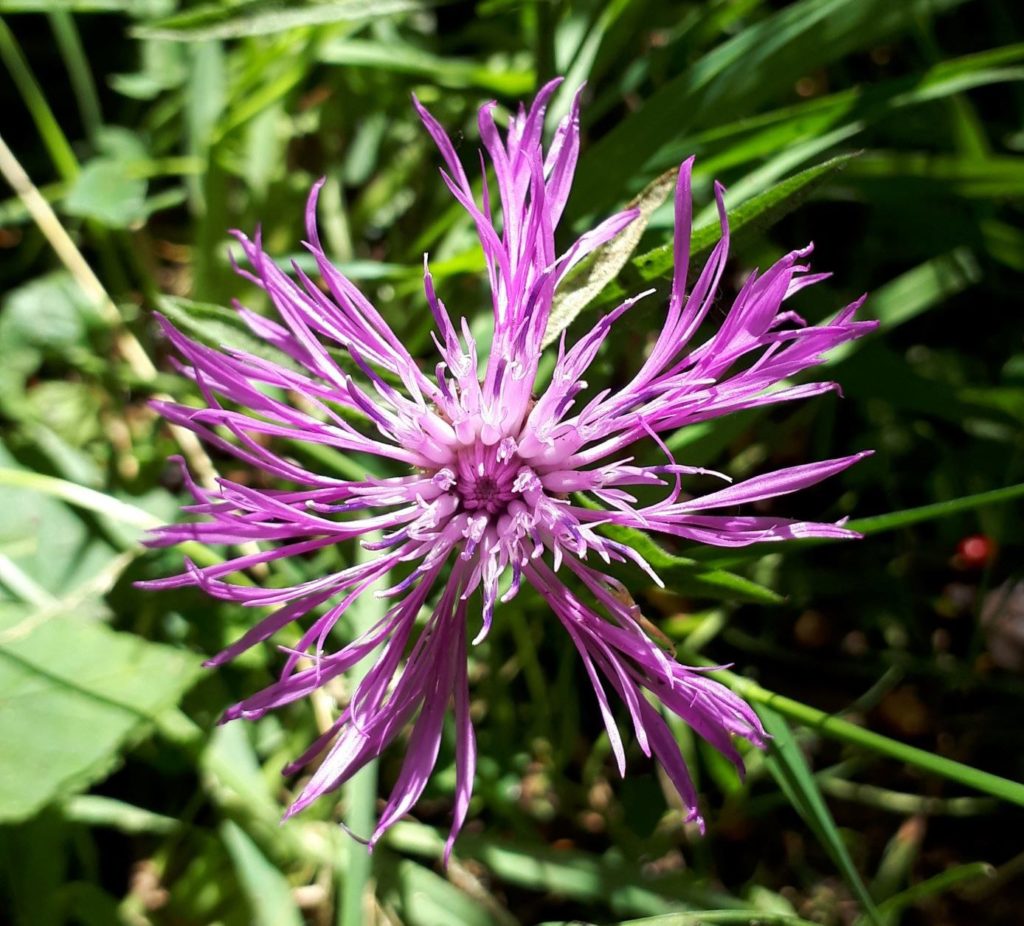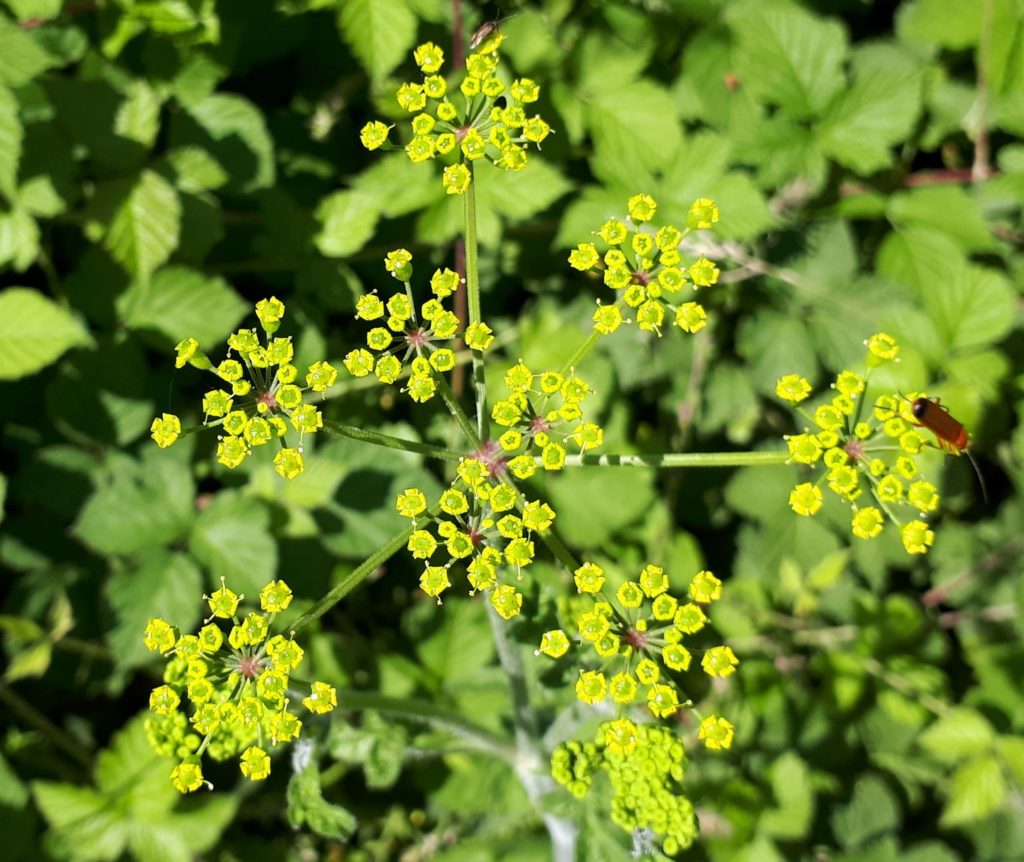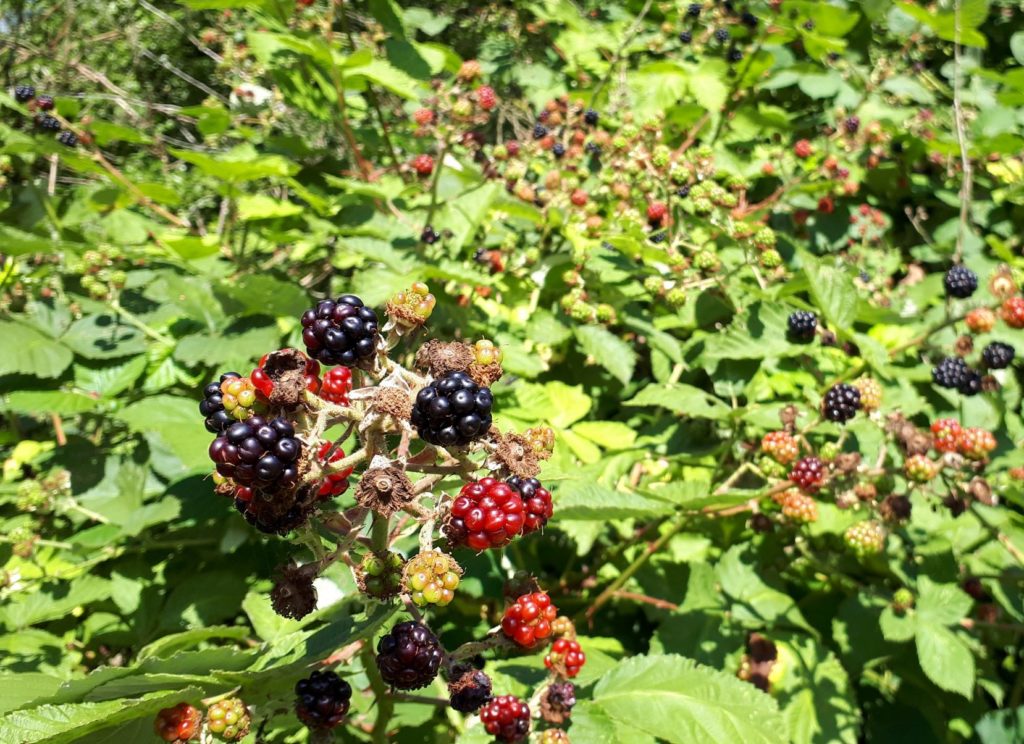Plants to look out for this August
By Earth Trust
As the warm weather continues, we wanted to share some of the plants coming into their own at this time of year. The diversity of plants in our green spaces not only allows wildlife to thrive, but people too. This summer, we’re asking all those who are taking time out in our green spaces to look after them, so that others can enjoy them as well. Please stick to the footpaths when visiting our places and if you spot any of the plants below, please admire them and take photos, but leave them there for others to see after you. Thank you.
Don’t forget to share your photos with us on social as well using the hashtag #LoveItLookAfterIt
So, here’s our round up of plants and flowers to spot in August!
Purple loosestrife, red bartsia and wild carrot

Clockwise from top left: Purple loosestrife, which flowers between June and August and provides a valuable food source for long-tongued insects like brimstone butterflies, red-tailed bumblebees and elephant hawk-moths; red bartsia which is popular with carder bees and wasps, and which the aptly named red bartsia bee solely feeds on; wild carrot which flowers from June to August and is also known as ‘Queen Anne’s Lace’.
Hemp agrimony

Although the leaves look like those of hemp, it’s not related. The frothy, pinkish flower clusters appear from July to September and are attractive to all kinds of insects, including butterflies like the small tortoiseshell and red admiral.
Greater knapweed

Belonging to the daisy or ‘Compositae’ family, each flower head is made up of hundreds of tiny individual tubular flowers brimming with nectar. If you observe a butterfly or bumblebee on a knapweed flower you will see that it spends a great deal of time probing its long tongue again and again into the tiny separate flowers, moving methodically over the flower head. It’s their equivalent of heading to the supermarket instead of going round lots of smaller shops!
Wild parsnip

The progenitor of the cultivated parsnip, wild parsnip thrives in rough, dry grassland and ‘waste’ ground by roads and railways, favouring chalky/limestone areas. The root is edible but the shoots and leaves should be handled with caution as their sap contains light-sensitive chemicals to protect the plant from the parsnip webworm. These chemicals can cause a skin reaction called phytophotodermatitis particularly on bright, sunny days. Wild parsnip is a source of food for various insects, particularly butterflies and moths like the parsnip moth and parsnip swallowtail, and it can provide a home to insects such as common red soldier beetles.
Blackberries

Perhaps a favourite for humans as well as our wildlife and easy to spot, blackberries will soon be out!
How many can you find?
[button link=”https://earthtrust.org.uk/blog/how-to-photograph-wildlife-in-your-local-green-space/” size=”medium” color=”blue” lightbox=”true or false”]Next blog post >[/button]
[button link=”https://earthtrust.org.uk/blog/enjoying-green-spaces-this-summer-picnic-tips-and-tricks/” size=”medium” color=”blue” lightbox=”true or false”]< Previous blog post[/button]